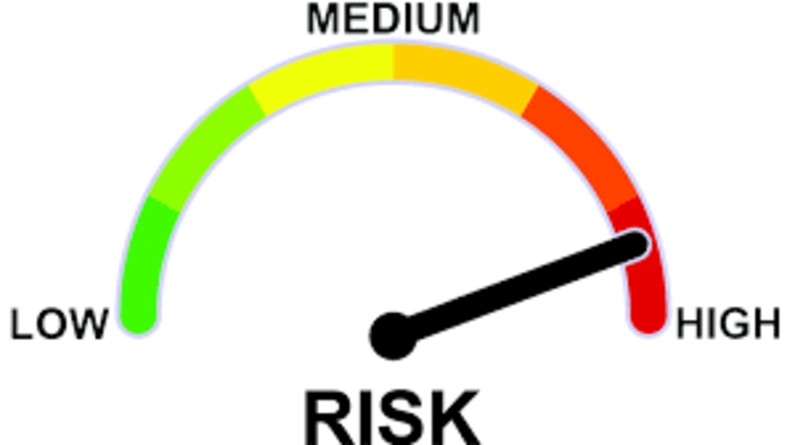Mutual funds: Decoding risk-taking capacity
If you have the patience to wait a long time for your investment to pay off, you will be more willing to take on greater risks.

As a mutual fund investor, you keep hearing from the financial advisors that investing in mutual funds depends on your risk-taking capacity, amongst various other factors. Further, you might have come across various risk capacity tests on various financial advisors and digital platforms that assess one’s risk capacity, called standard risk profiling or psychometric test. That said, there are many thumb rules which can also be used in assessing the same.
“One of the most generic and popular ones is to allocate a portfolio in riskier investments like equity equal to 100 minus your age. E.g., if your age is 30 years, then your riskier investments can be 70% (100 – 30) of your portfolio,” explained Swapnil Bhaskar, Business Head, Niyo Money.
Points to note
— When it comes to investing, the majority of people use their individual personalities. Low-risk investments may suit someone who prefers to play it safe in other areas of life and vice versa.
“Most people carry their personality into their investments. So, someone who plays it safe in most aspects of life may prefer low-risk investments and vice versa,” said Priti Rathi Gupta, founder, LXME.
— Identifying your overarching investment goal is crucial. It could be about accumulating money to achieve financial objectives or about guarding against inflation-eroded funds. Expectations are based on goals. A person’s age largely determines what they can expect.
“Young people have time on their side and therefore, generally, a higher risk-taking capacity,” pointed out Gupta.
— Wealth creation takes time and money, regardless of age. If you invest for a long time, your odds of making a profit increase, but your chances of losing money decrease.
— If you have the patience to wait a long time for your investment to pay off, you will be more willing to take on more significant risks. A low-risk investment, on the other hand, will be selected if money is needed soon. Invest your money in reduced-risk investments as you come closer to your financial goals, even if the returns are lower for a short time.
“In my opinion, practically one can start increasing the allocation to riskier investments slowly and to a point where you start getting stressed (like thinking day and night about the potential losses or fluctuations in the market). After that, from that point, slightly reduce the exposure to stay comfortable with your investments at one’s true risk capacity for the long-term investing journey,” said Bhaskar.
There is an inverse relationship between risk-taking capacity and the number of dependents you have. A young, single person, for example, can afford to take a more significant risk and rough it out for a little longer before getting married. It is far more likely to play it safe if you have to assist ageing parents and pay for your children’s education.
“A young and unmarried person can afford to take a greater risk and rough it out for a while. However, if you are supporting your aged parents and have to pay for your children’s education, you are much more likely to play it safe,” said Gupta.